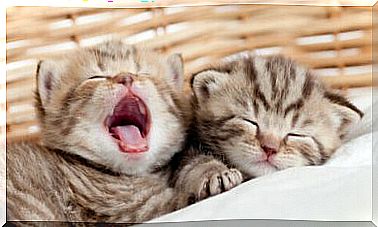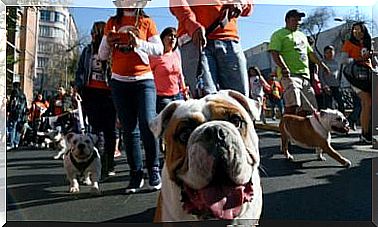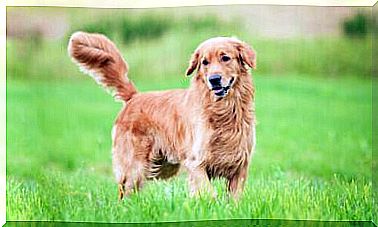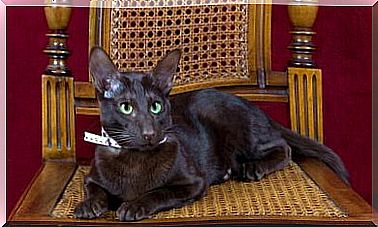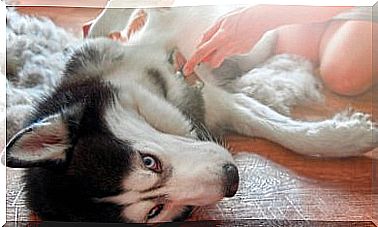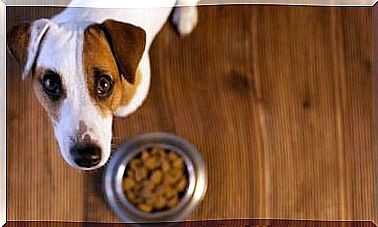How To Understand Your Cat By Looking At His Face

Cats are considered to be inexpressive and mysterious animals. Unlike a dog, which expresses its different moods more visibly, with its tail or other body languages, cats are more complicated to understand. Nonetheless, their facial expressions and certain gestures can reveal a lot of useful information. Would you like to understand your cat by looking at its face? In this article we will explain how to do it.
Understand your cat by looking at his face
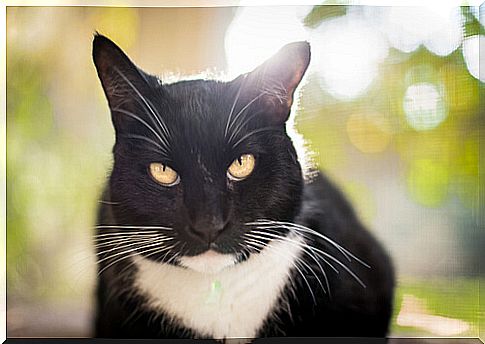
In order to learn to understand your cat, you will need to understand his way of communicating. Since they cannot speak, you will have to refer to gestures, postures and facial expressions in order to interpret the different moods.
We will never be able to compare the gaze and facial movements of a dog with those of a cat. Yet there are systems that will allow you to better understand your feline. How? Certainly observing the totality of the muzzle. So not only the eyes, but also pupils, ears and whiskers.
The most common facial expressions in cats
Here’s how you can learn to understand your cat based on its facial expressions. Below we have created six different paragraphs that involve as many moods easily recognizable from the observation of the muzzle of your favorite animal:
Relaxed cat
It’s easy to tell when your cat is relaxed. Its head will be resting on a surface or on one of its front legs. You will usually notice squinting eyes with enlarged and relaxed pupils. Ears and whiskers will be in a normal position and you may also hear purring.
Cat on alert
In this case, his head will slowly move to one side and his pupils will be of normal size, albeit with his eyes wide open. The whiskers will be stretched back and the animal is likely to meow.
Live cat
When a cat is in tension, its head will be totally “attached” to the body, almost as if the neck is shortened. It will therefore remain in this almost motionless position, with its eyes wide open, demonstrating the state of tension that the animal is experiencing. The pupils dilate, but not excessively.
Stressed cat
If your cat is suffering from stress, for example in the presence of a radical change or a move, the position of the head will be downwards with the pupils dilated to the maximum. A stressed cat can become aggressive and even attack other pets in the house. It doesn’t usually purr, rather it stays in complete silence or meows as if it were in pain.
Scared cat
There are many things that can scare cats, making it one of the most common expressions of all. The eyes will be open with the pupils dilated to the maximum. The cat’s ears will seem almost squashed while the cat will be intent on seeking refuge and hiding, to feel safe.
Face of a cat in the face of imminent danger
The behavior of cats, in the face of danger, respects the proverb ‘the best defense is attack’. Therefore, a feline that feels threatened will act aggressively towards everything and everyone. The face will take on primitive and violent tones, showing the teeth, with the ears straight back. Eyes and pupils will be widened to the maximum.
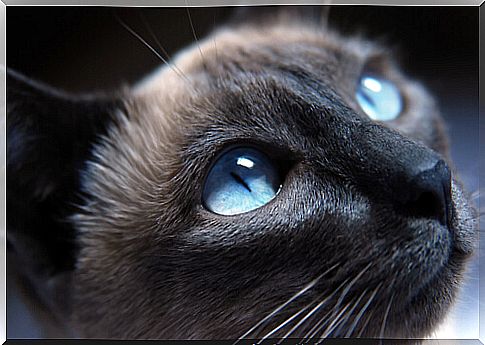
Learning about the various visa expressions of your cat will help you understand it better and faster. You can intervene on the circumstances, in order to calm the animal or reduce the cause of its stress.
Observing your cat is essential to understand the messages it sends you. Coexistence at home will be better and this is, in fact, the only tool that a master can adopt to establish better communication with his pet.
Take the time to look at the cat closely, to understand it better and more effectively. You will soon discover what is bothering him, what is best to avoid and how to deal with and resolve certain situations. Follow our advice and you will be able, little by little, to better understand your four-legged friend.

